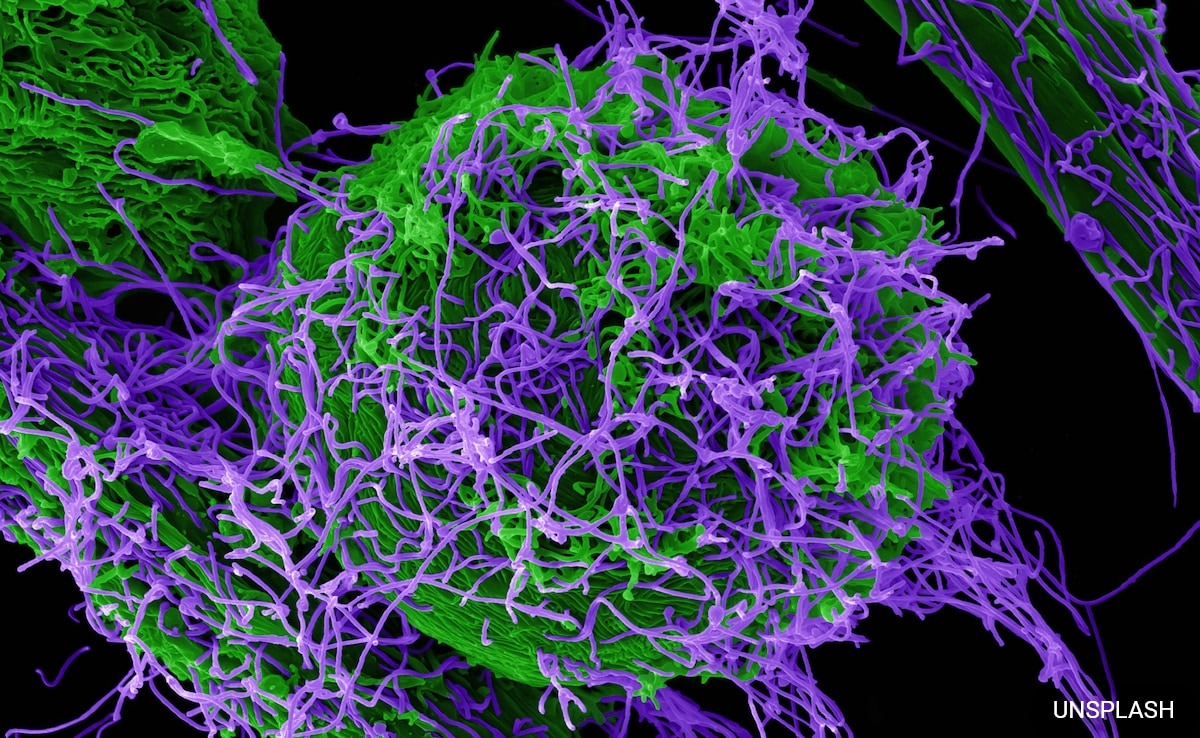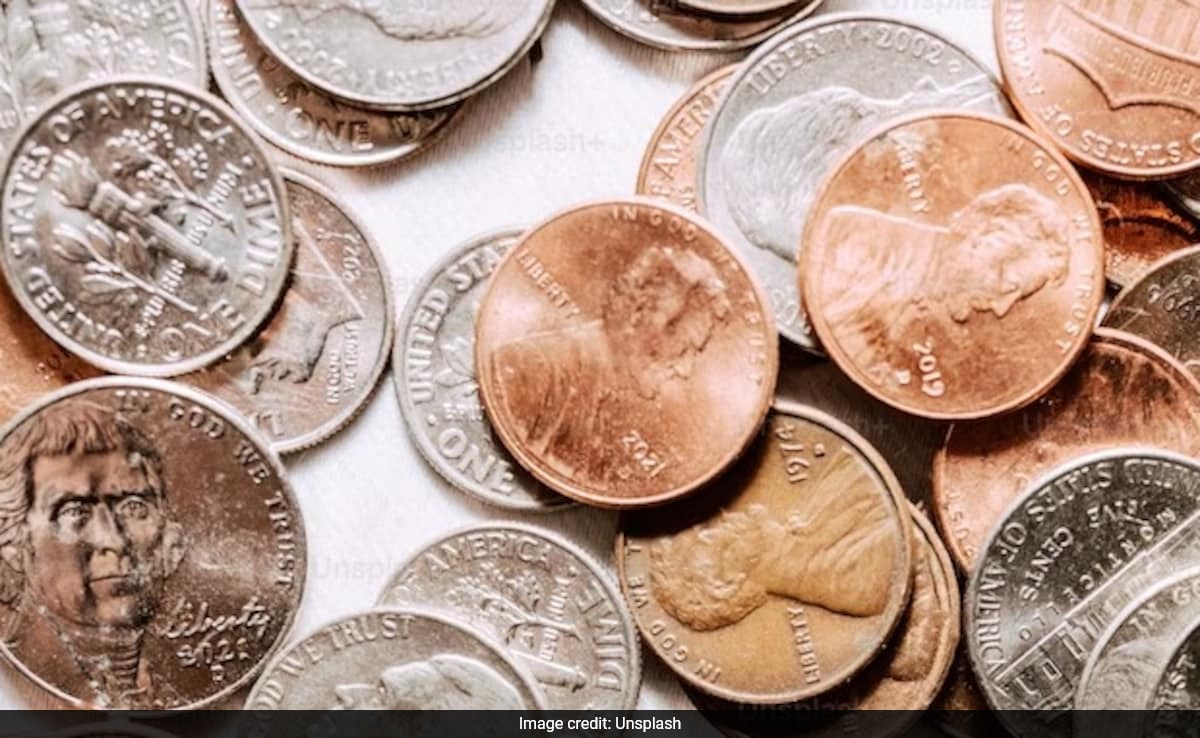China has used panda diplomacy to boost its international image.
Beijing:
During a visit to Australia this week, Chinese Premier Li Qiang made a classic goodwill gesture that boded well for relations between the two countries: he offered to send pandas.
The offer comes as ties between Australia and its largest trading partner improve after a diplomatic dispute that lead to China imposing a raft of restrictions on Australian agricultural and mineral exports in 2020.
Native to China, pandas have through the years become “envoys of friendship”, earning China’s outreach to countries it gifts the animals to the name of panda diplomacy.
They have also been used to show Chinese anger.
So what is panda diplomacy and how does it work?
WHEN DID PANDA DIPLOMACY START?
Since its founding in 1949, the People’s Republic of China has used panda diplomacy to boost its international image by gifting or lending panda to foreign zoos as goodwill animal ambassadors.
Former Chinese leader Mao Zedong in 1957 gifted a panda, Ping Ping, to the former Soviet Union to celebrate the 40th anniversary of the October Revolution that ushered in the Soviet regime.
To further cement ties with its socialist allies, China dispatched another panda to the Soviet Union in 1959 and five more to North Korea between 1965 and 1980.
In 1972, Beijing gifted two pandas, Ling Ling and Hsing Hsing, to the United States after then President Richard Nixon’s historic visit, in a sign of normalised China-U.S. relations and marking a pivotal moment for China’s foreign policy.
Since then, other countries including Japan, France, Britain and Spain have also been given panda.
WHAT’S THE PANDA DIPLOMACY POLICY?
Since 1984, China stopped gifting pandas due to their dwindling numbers and began loaning them to overseas zoos instead, often in pairs for 10 years, with an annual fee of up to about $1 million.
While keeping pandas can be costly for zoos, they are seen as drawcards for visitors and help generate income.
The pandas typically return home to southwest China after the loan agreement ends. Panda cubs born overseas are no exception, and would be sent home between the age of two and four to join a Chinese breeding programme.
HOW DOES IT WORK?
China has a history of using pandas to reward its trading partners. A 2013 Oxford University study said the timing of China’s lease of pandas to Canada, France and Australia “coincided with” uranium deals and contracts with these countries.
The panda agreements with other countries, including Singapore, Malaysia and Thailand, also coincided with the signing of free-trade agreements.
Sometimes, pandas are also used to express China’s displeasure with a nation.
In 2010, China recalled two U.S.-born pandas, Tai Shan and Mei Lan, after Beijing warned Washington against a scheduled meeting between then-President Barack Obama and the Dalai Lama, which Beijing views as a dangerous separatist.
In a recent downturn in bilateral ties, Ya Ya, on loan to the U.S. for 20 years, was returned in April 2023.
Concerns over her health had also fanned nationalist sentiment on China’s social media, with animal advocates accusing the Memphis Zoo in Tennessee of providing inadequate care to the animal.
In November last year, three other pandas left, leaving only four giant pandas on U.S. soil.
That month, Chinese President Xi Jinping then hinted that he was open to sending more pandas to the U.S. after meeting with President Joe Biden in California, a gesture seen as Chinese willingness to improve ties.
ARE PANDAS STILL ENDANGERED?
China’s domestic conservation programmes have seen the status of pandas improve from endangered to vulnerable.
The population of giant pandas in the wild has grown from around 1,100 in the 1980s to 1,900 in 2023.
There are currently 728 pandas in zoos and breeding centres around the world.
(Except for the headline, this story has not been edited by NDTV staff and is published from a syndicated feed.)
Waiting for response to load…


















